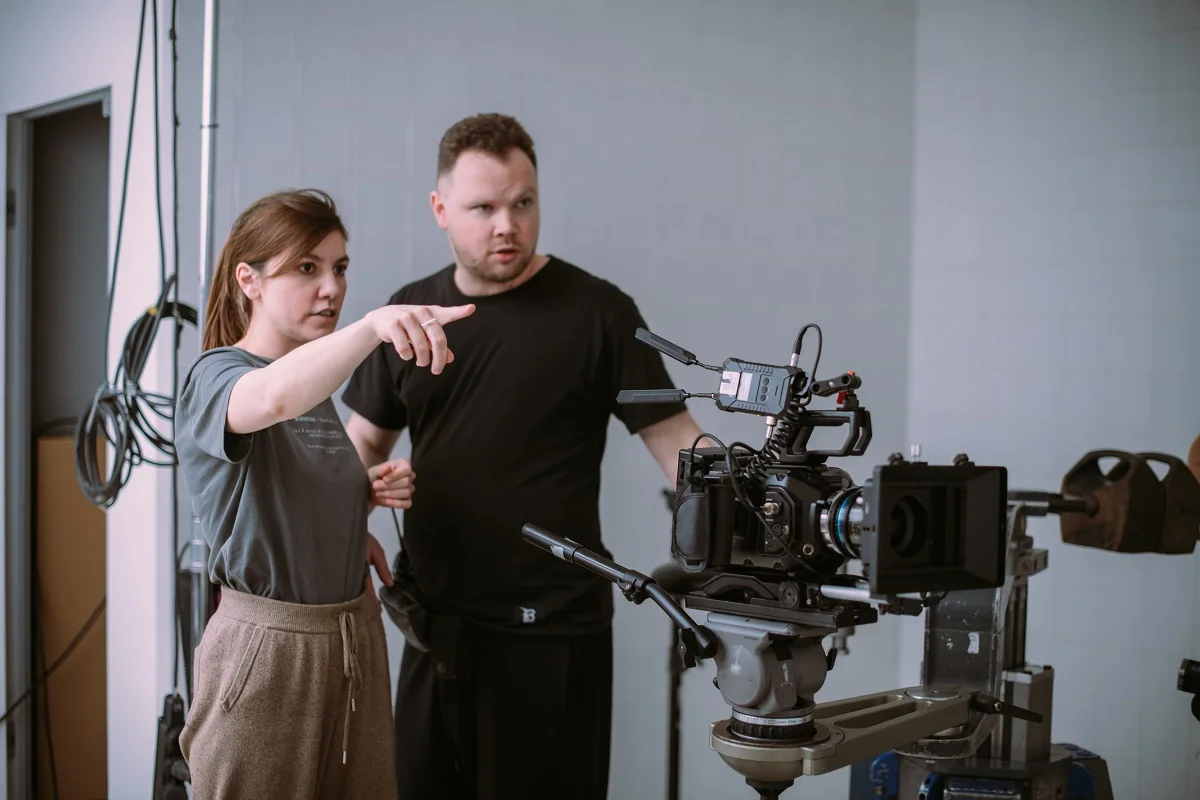TV Production Techniques: Boost Your Career in the Industry
TV production is a complex process that involves numerous steps and techniques to create a high-quality program. With the rising demand for quality content, the TV production industry is becoming increasingly competitive, making it essential to master the necessary skills and techniques for success. In this article, we will explore some of the essential TV production techniques that can help you advance your career in the industry.
Pre-Production Techniques
Pre-production is the first stage of TV production, and it involves planning and preparation before filming begins. Here are some pre-production techniques to consider:
- Scriptwriting: This is the process of creating a script for a TV program. A good script is essential for a successful production, and it should be engaging, informative, and easy to follow.
- Storyboarding: Storyboarding involves creating a visual representation of the script. This helps the director and the crew to visualize the program and plan the shots and camera angles.
- Casting: Casting is the process of selecting actors for the program. It’s crucial to find the right actors who can bring the characters to life and deliver the desired performance.
- Location scouting: Location scouting involves finding the right location for filming. It’s essential to find a location that fits the script and provides the necessary lighting and sound quality.
Production Techniques
Production is the second stage of TV production, and it involves filming the program. Here are some production techniques to consider:
- Lighting: Lighting is crucial for creating the right mood and tone for the program. It’s essential to understand the different types of lighting and how to use them to create the desired effect.
- Sound: Sound is another critical element of TV production. It’s essential to use the right microphones and recording equipment to capture high-quality sound.
- Camera work: Camera work is essential for capturing the right shots and angles. It’s crucial to understand the different types of shots and how to use them to tell the story effectively.
- Directing: Directing involves guiding the actors and crew to achieve the desired performance and shots. It’s essential to have good communication skills and be able to work well under pressure.
Post-Production Techniques
Post-production is the final stage of TV production, and it involves editing and finalizing the program. Here are some post-production techniques to consider:
- Editing: Editing involves selecting the best shots and putting them together to create a cohesive program. It’s essential to have good editing skills and understand the different editing techniques.
- Sound design: Sound design involves adding sound effects and music to the program. It’s crucial to choose the right sound effects and music to enhance the program’s mood and tone.
- Color grading: Color grading involves adjusting the color and contrast of the program to create the desired look and feel.
- Visual effects: Visual effects involve adding special effects to the program. It’s essential to choose the right visual effects to enhance the program’s story and mood.
Conclusion
Mastering TV production techniques is essential for advancing your career in the industry. Pre-production techniques involve planning and preparation before filming begins, while production techniques involve filming the program. Post-production techniques involve editing and finalizing the program.
If you’re interested in pursuing a career in TV production, consider taking the NYU Film and TV Industry Essentials online course and certificate program. This program covers the essential skills and techniques needed for success in the industry and is taught by industry professionals. Start your journey towards a successful career in TV production today!








